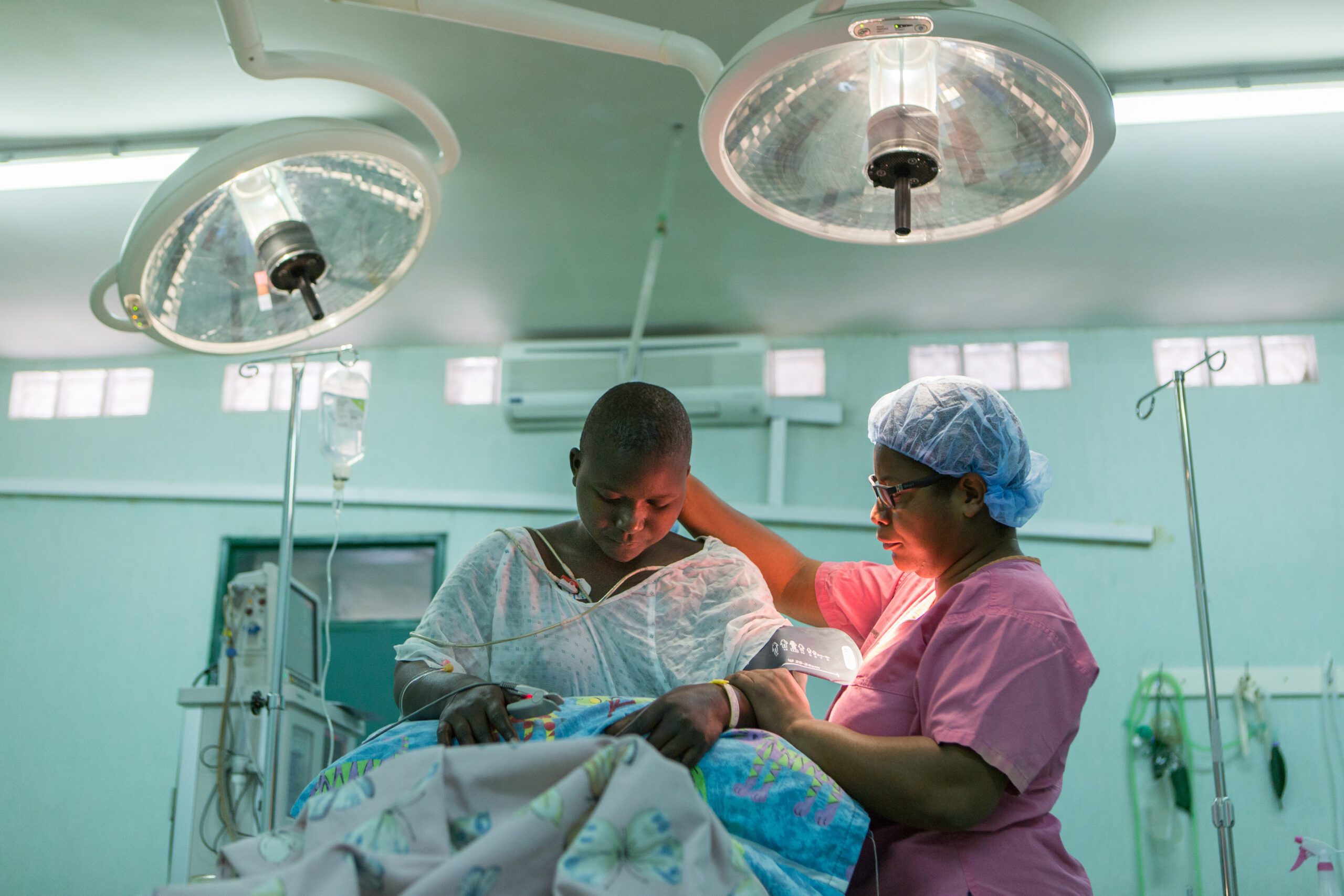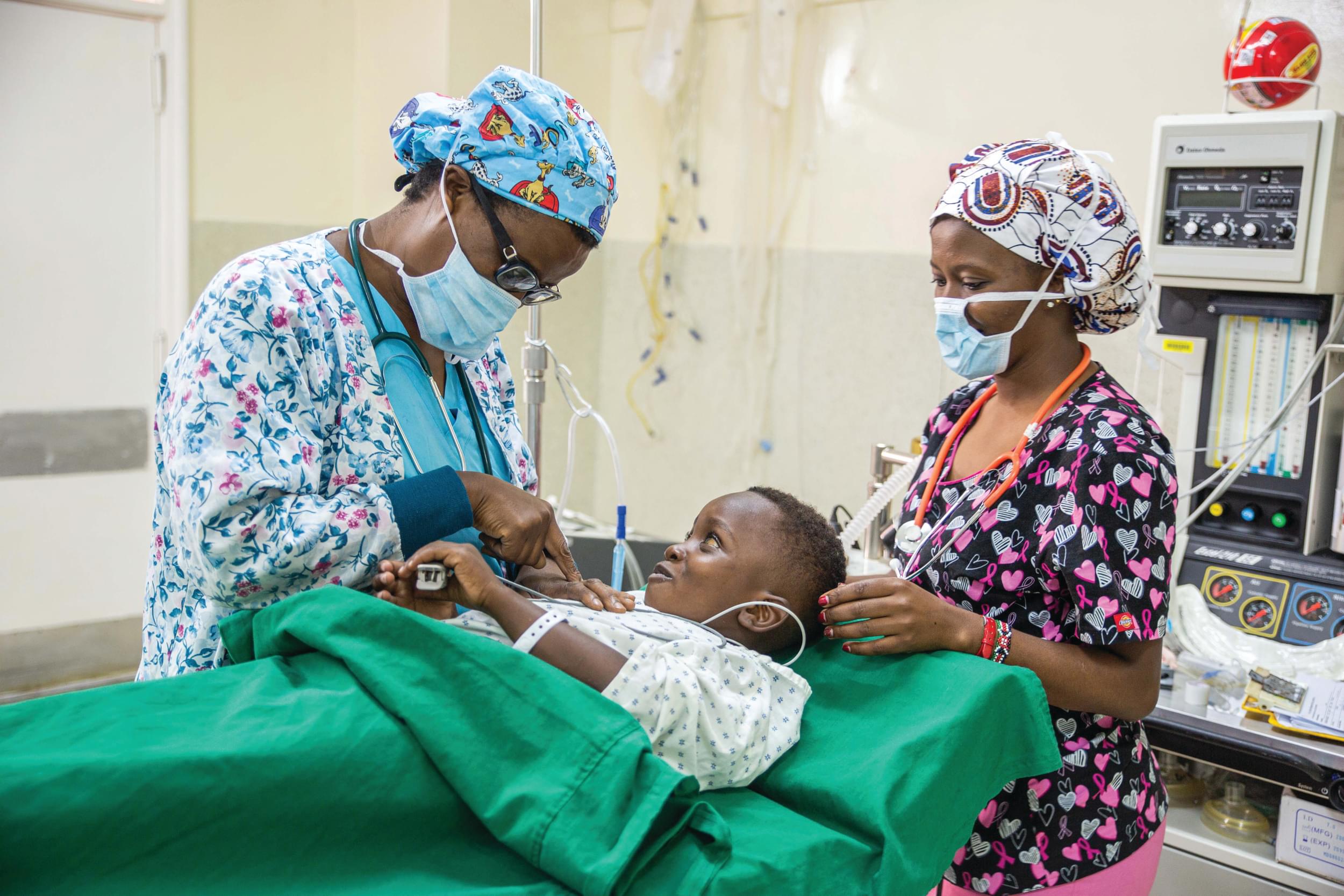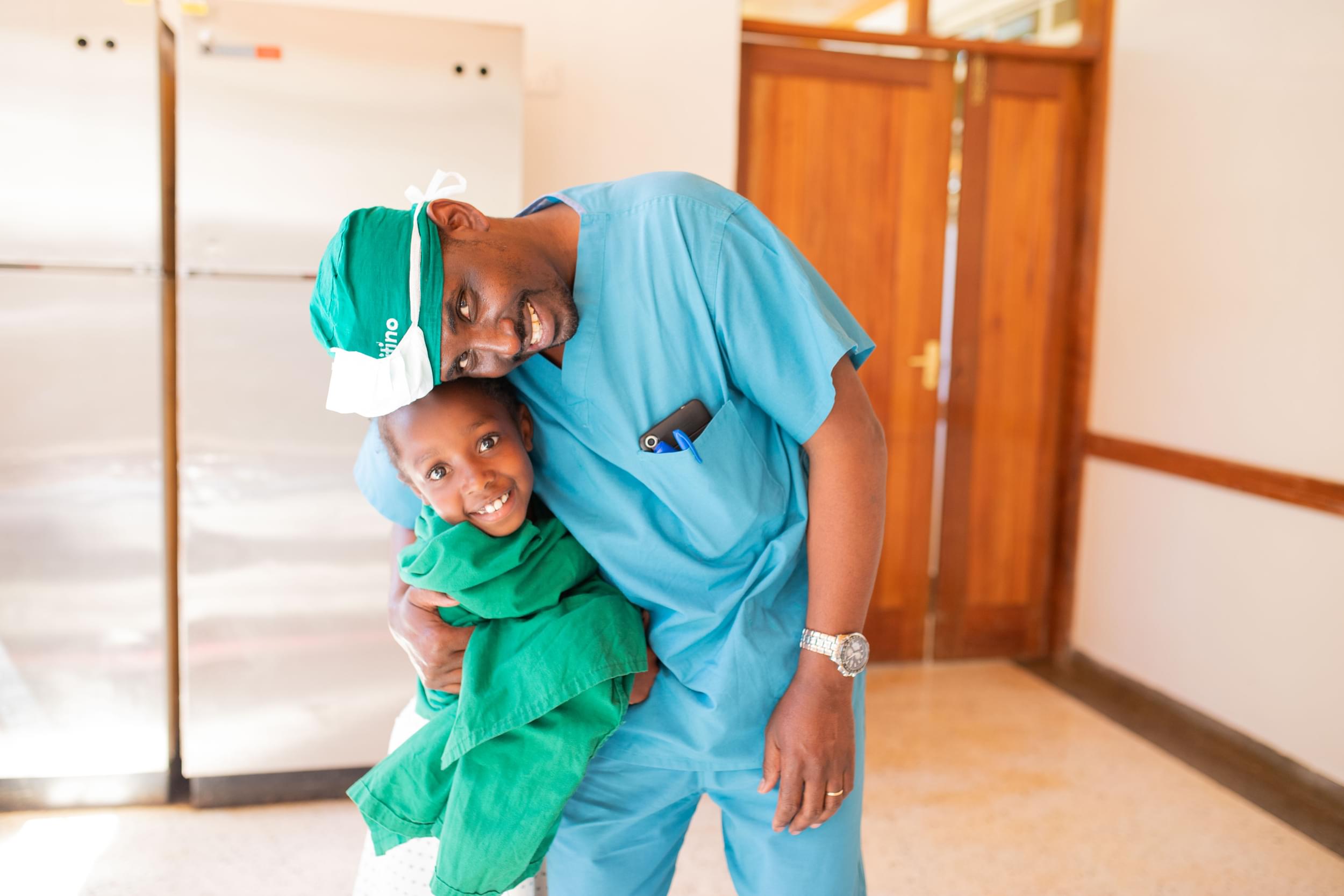Assessing quality of existing data sources on road traffic injuries (RTIs) and their utility in informing injury prevention in the Western Cape Province, South Africa
Abstract:
Objectives: This study assessed whether the quality of the available road traffic injury (RTI) data was sufficient for determining the burden of RTIs in the Western Cape Province and for implementing and monitoring road safety interventions.
Methodology: Underreporting was assessed by comparing data reported by the South African Police Services (SAPS) in 2008 with data from 18 provincial mortuaries. Completeness of the driver death subset of all RTIs was assessed using the capture–recapture method.
Results: The mortuary and police data sets comprised 1696 and 860 fatalities respectively for the year 2008. The corresponding provincial road traffic mortality rates were as follows: 32.2 deaths/100,000 population per year (95% confidence interval [CI]: 30.7–33.8) and 16.3 deaths/100,000 population per year (95% CI: 15.3–17.5). The police data set contained 820,960 crashes, involving 196,889 persons, indicating substantial duplication of crash events. There were varying proportions of missing data for demographic and other identifying variables, with age missing in nearly half of the cases in the police data set. The estimated total number of driver deaths/year was 588.6 (95% CI: 544.4–632.8), yielding estimated completeness of the mortuary and police data sets of 57.6 and 46.4 percent separately and 77.3 percent combined.
Conclusion: This study found extensive data quality problems, including missing data, duplication, and significant underreporting of traffic injury deaths in the police data. Not all assumptions underlying the use of capture–recapture method were met in this study; hence, the estimates provided by this analysis should be interpreted with caution. There is a need to address the problems highlighted by this study in order to improve data utility for informing road safety policies.






















